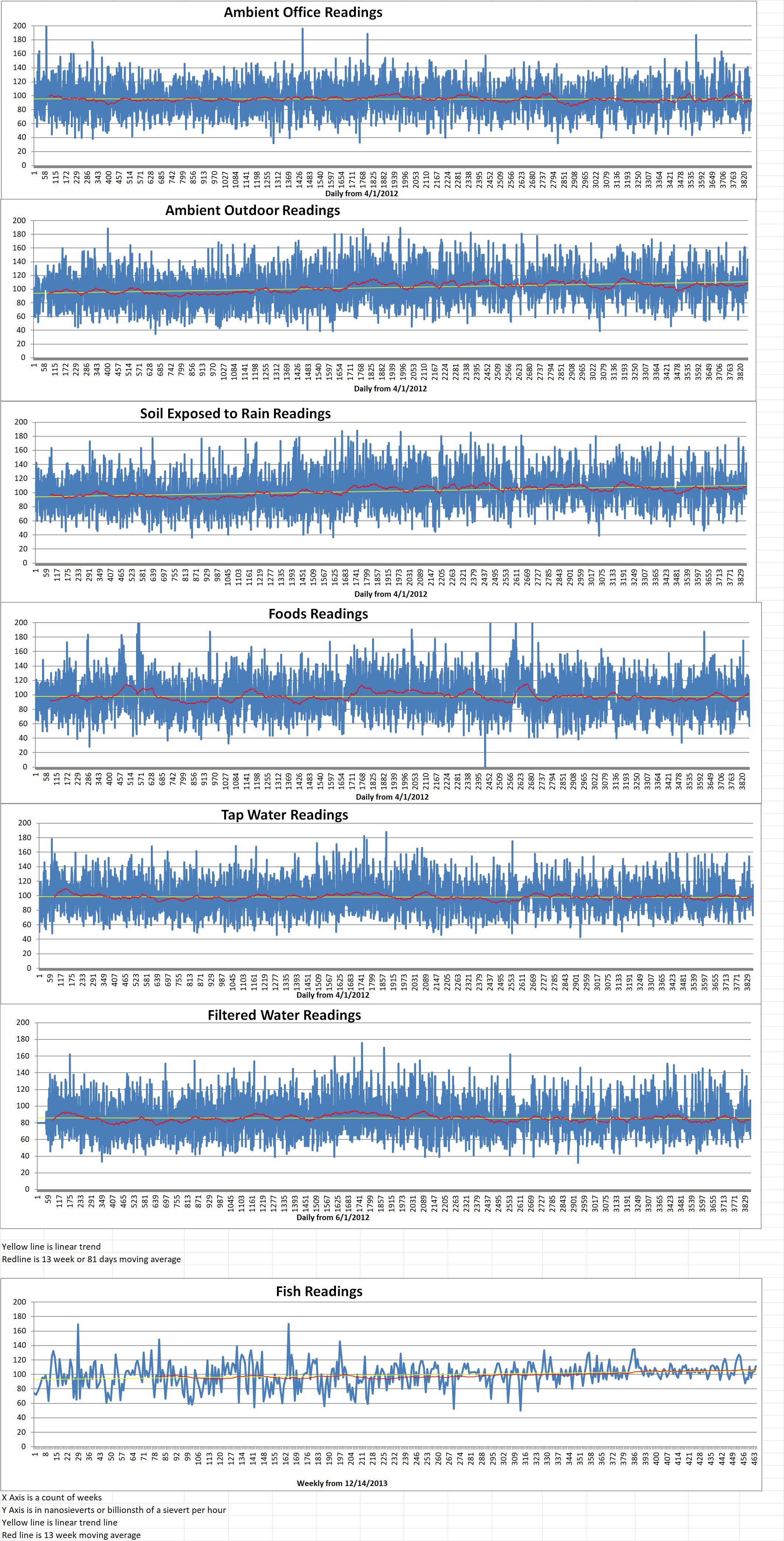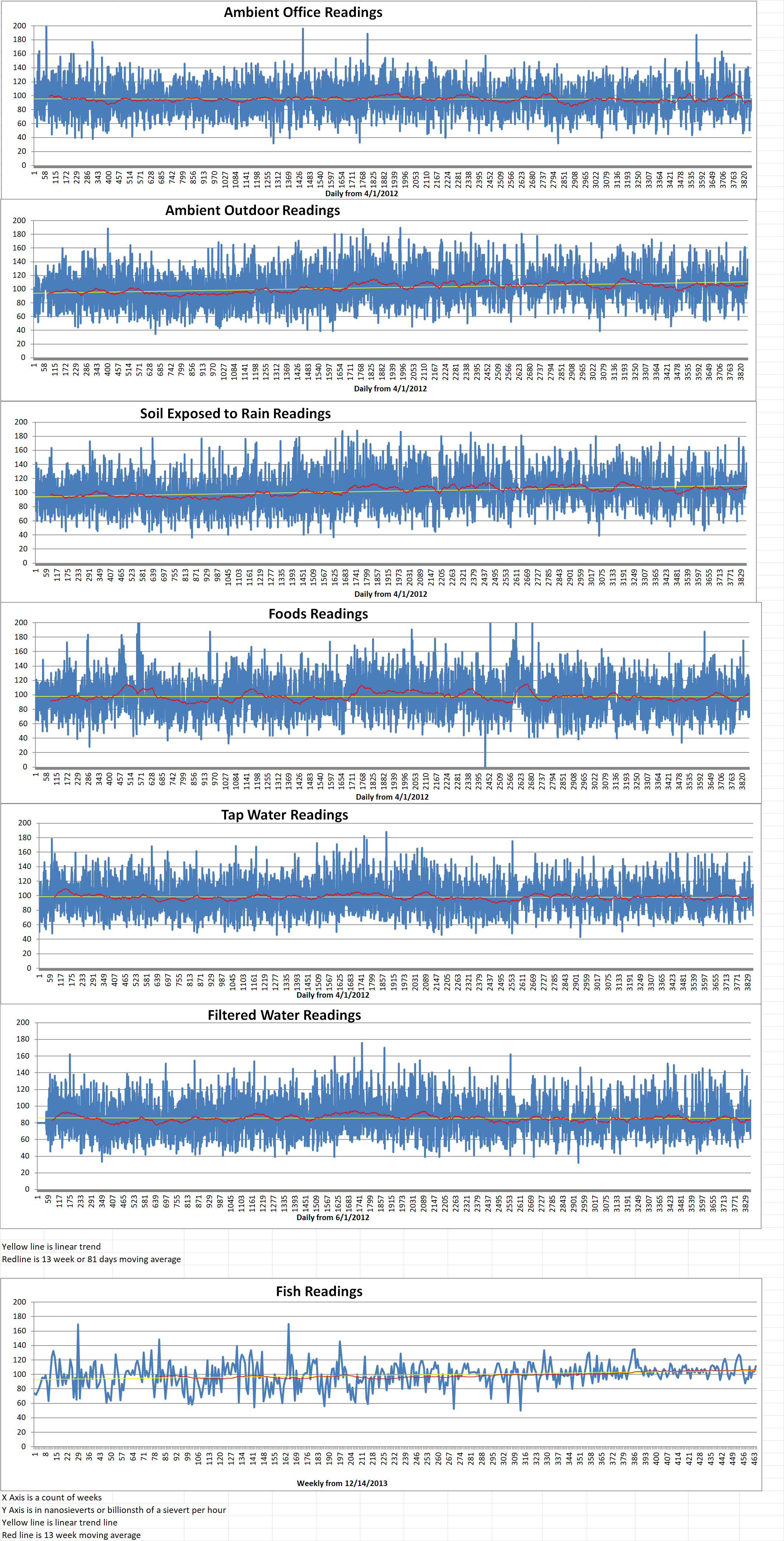X-Energy is currently constructing the world’s first commercial scale advanced nuclear reactor in the state of Washington. The new reactor is part of the U.S. Department of Energy’s (DoE’s) two and a half billion-dollar Advanced Reactor Demonstration Program (ARDP). The ARDP is supporting the construction of X-Energy’s first three hundred and twenty megawatt XE-100 power plant which will host four eighty megawatt Pebble Bed Modular Reactors (PBMRs).
The helium-cooled, high-temperature PBMRs are designed to provide small-scale power generation with faster deployment times and improved safety over large conventional reactors. The PBMR consists of a steel pressure vessel with a graphite core. The core is filled with enriched uranium dioxide fuel “pebbles”. Each pebble is about the size of a billiard ball.
The pebbles have a Tristructural Isotropic (Triso) coating that creates an airtight seal around the uranium kernel to retain fission products and gases produced during operations. This allows the plant to be constructed within about sixteen hundred feet of factories or urban areas.
The DoE explains that “The fresh pebbles are loaded in the reactor like a gumball machine, and helium is pumped down through the pebble bed to extract the heat into a steam generator that produces electricity. The reactor continuously refuels by adding fresh pebbles daily in at the top, as older ones are discharged from the bottom of the core. Each pebble remains in the core for a little more than three years and are circulated through the core up to six times to achieve full burnup.”
Through gravity feeding, the pebbles are continuously rotated to generate heat. The heat is used to convert water into steam that turns a turbine to generate electricity.
X-Energy has also signed a contract with the U.S. military to supply it with Xe-mobile micro reactors for use at remote locations.
The earliest types of PBMRs were developed by a team of South Africans as part of Eskom’s PBMR company. The South African utility planned to construct a new nuclear power station in Duynefontein near Koeberg that would use the PBMR technology.
However, after ten years of development and ballooning costs, the project was canceled due to a lack of investment. X-Energy recruited Eben Mulder who is one of the original team members. He now serves as the chief scientist for X-Energy. X-Energy’s lead reactor developer is Martin van Staden who is also from South Africa. He is a graduate of North-Western University and the University of Johannesburg.
Civil rights organization Afriforum is launching its own electricity generation company. They have plans to deploy South Africa’s first PBMR. Kallie Kriel is the CEO of AfriForum. He said that South Africa needs more reliable baseload capacity that fluctuates less than wind and solar. It can be dispatched on demand for peak consumption periods.
Afriforum hopes to attract the necessary investors and expertise for local development. Afriforum claims that nuclear power generation is emission-free. They say that radioactive waste disposal techniques have advanced significantly to ensure minimal environmental impact. In the case of X-Energy’s Triso-X fuel, the pebbles are placed into dry storage casks and stored on-site.
Blog
-

Nuclear Reactors 1121 – X-Energy Is Working On Deployment Of Their First Pebble Bed Modular Reactor
-
Nuclear News Roundup Jan 23, 2023
Bureaucratic red tape blocking a U.S. nuclear renaissance triblive.com
Philippines and US to begin push for nuclear cooperation manilastandard.net
South Africa loses permission to import nuclear fuel for Koeberg from the US mybroadband.co.za
Atlas Pockets $21M Contract Extension At Naval Nuclear Laboratory benzinga.com
-

Geiger Readings for Jan 23, 2023
Ambient office = 87 nanosieverts per hour
Ambient outside = 98 nanosieverts per hour
Soil exposed to rain water = 98 nanosieverts per hour
Avocado from Central Market = 57 nanosieverts per hour
Tap water = 109 nanosieverts per hour
Filter water = 91 nanosieverts per hour
-
Nuclear News Roundup Jan 22, 2023
Putin loyalist dials up nuclear rhetoric as NATO partners push for more weapons for Ukraine cnn.com
Ukraine says situation deteriorating at Zaporizhzhia nuclear plant reuters.com
IAEA sends staff to all Ukraine nuclear plants in safety bid apnews.com
Bulgaria energy strategy includes four new nuclear reactors world-nuclear-news.org
-

Geiger Readings for Jan 22, 2023
Ambient office = 92 nanosieverts per hour
Ambient outside = 143 nanosieverts per hour
Soil exposed to rain water = 142 nanosieverts per hour
Tomato from Central Market = 70 nanosieverts per hour
Tap water = 73 nanosieverts per hour
Filter water = 62 nanosieverts per hour
Dover Sole from Central = 112 nanosieverts per hour
-
Nuclear News Roundup Jan 21, 2023
Putin loyalist dials up nuclear rhetoric as NATO partners push for more weapons for Ukraine cnn.com
Ukraine says situation deteriorating at Zaporizhzhia nuclear plant reuters.com
IAEA sends staff to all Ukraine nuclear plants in safety bid apnews.com
Bulgaria energy strategy includes four new nuclear reactors world-nuclear-news.org
-

Geiger Readings for Jan 21, 2023
Ambient outside = 108 nanosieverts per hour
Soil exposed to rain water = 108 nanosieverts per hour
Red bell pepper from Central Market = 77 nanosieverts per hour
Tap water = 115 nanosieverts per hour
Filter water = 107 nanosieverts per hour
Dover Sole from Central = 112 nanosieverts per hour
-

Nuclear Fusion 110 – General Fusion Proceeds With Planning For Nuclear Fusion Demonstration Reactor
The South Oxfordshire District Council Planning Committee has just granted planning permission for the construction of General Fusion’s Demonstration Plant (GFPD) at the UK Atomic Energy Authority’s (UKAEA’s) Culham Campus near Oxford. Construction is expected to start later this year. The UKAEA website says that it “researches fusion energy and related technologies, with the aim of positioning the UK as a leader in sustainable nuclear energy.”
General Fusion is based in Canada. Its Magnetized Target Fusion (MTF) approach involves the injection of hydrogen plasma into a sphere of liquid metal. The plasma is compressed and heated so that fusion can occur. The heat from the fusion of the hydrogen atoms is transferred into the liquid metal. Then that heat is used to generate steam to drive turbines to generate electricity. The company intends to construct a commercial nuclear fusion energy plant by the late 2020s.
The demonstration plant will be used to verify the viability of the MTF technology. The demonstration plant will be a seventy percent-scaled version of the commercial pilot plant. It will create fusion conditions in a “power-plant relevant” environment. Temperatures of more than a hundred and eighty million degrees Fahrenheit will be achieved. However, the plant will not be used to actually produce power. The GFPD will cycle one plasma pulse per day. It will use deuterium fuel. The commercial pilot plant will use deuterium-tritium fuel and will cycle up to one plasma pulse per second.
When construction of the one hundred and thirteen thousand square feet building is complete, General fusion will rent the building from UKAEA. The company’s fusion reactor is expected to be commissioned in 2026 and fully operational by early 2027.
General Fusion said that siting the facility at the UKAEA’s Culham Campus allows it to “access world-leading science and engineering capabilities, such as knowledge and experience in designing, constructing and operating the record-breaking Joint European Torus”. In addition, the company expects to benefit from the U.K.’s existing fusion energy supply chains.
Greg Twinney is the CEO of General Fusion. He said, “We are thrilled to join the Culham Campus and the UK’s Fusion Cluster and anticipate creating 60 long-term jobs at the site. In addition, we expect the project will generate approximately 200 jobs during construction.”
Ian Chapman is the CEO of UKAEA. He said, “The UKAEA welcomes this milestone as it aligns with our strategy to create clusters that accelerate innovation in fusion and related technologies, and support public-private partnerships to thrive. It also builds upon our heritage of hosting major fusion facilities here at our Culham Campus.”
The UKAEA carries out fusion energy research on behalf of the U.K. government. It oversees the country’s fusion program. This included the Mega Amp Spherical Tokamak (MAST) Upgrade experiment. They also host the Joint European Torus at Culham, which is operated for scientists from around Europe.
UKAEA is developing its own fusion power plant design. It plans to build a prototype known as the Spherical Tokamak for Energy Production (STEP) at West Burton in Nottinghamshire. The STEP is due to begin operating by 2040. -
Nuclear News Roundup Jan 20, 2023
Poland’s Respect Energy considers deploying French SMR design world-nuclear-news.org
North Texas could be home to nuclear power plant until 2053 keranews.org
G4S to Provide Security at Nuclear Plant hstoday.us
Russia’s nuclear agency helps military sidestep sanctions foxnews.com
-

Geiger Readings for Jan 20, 2023
Ambient office = 85 nanosieverts per hour
Ambient outside = 110 nanosieverts per hour
Soil exposed to rain water = 4 nanosieverts per hour
Iceberg lettuce from Central Market = 98 nanosieverts per hour
Tap water = 81 nanosieverts per hour
Filter water = 70 nanosieverts per hour
